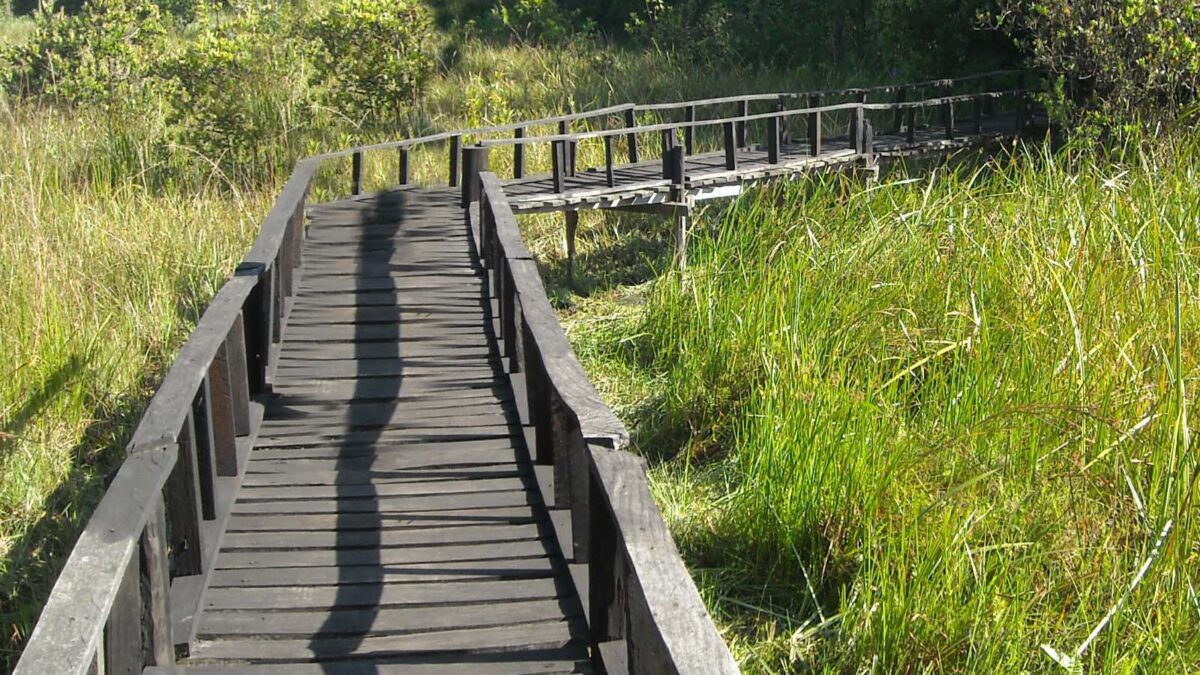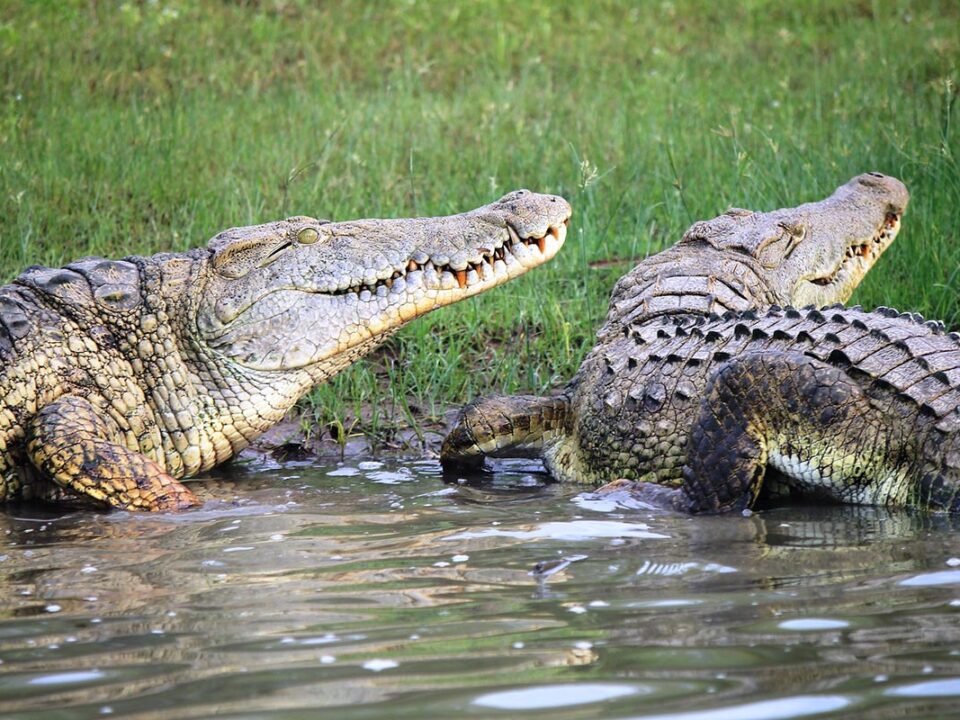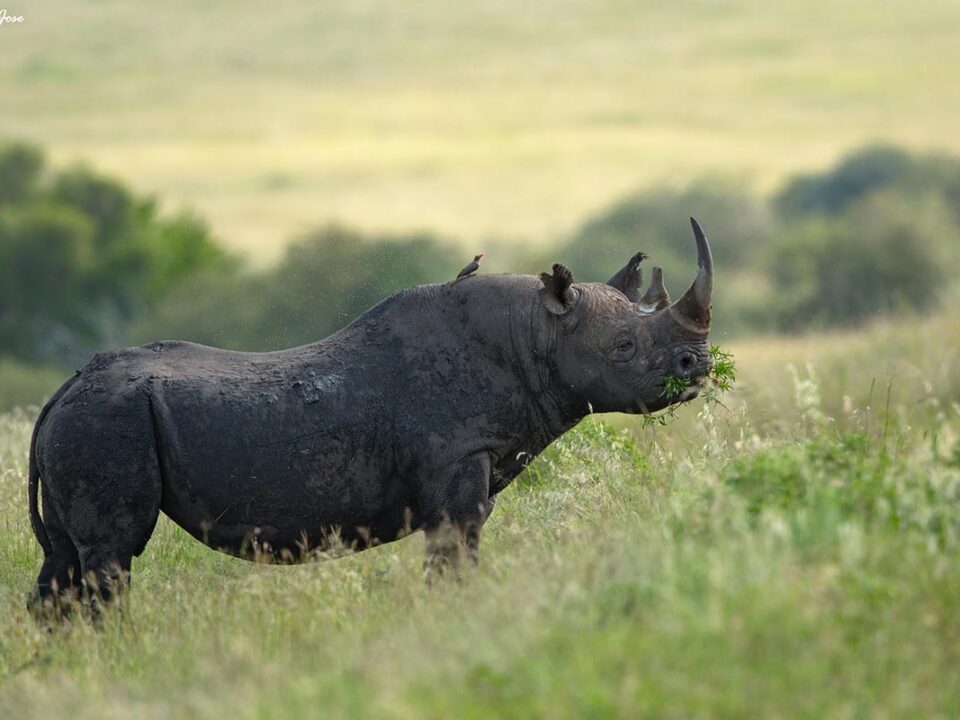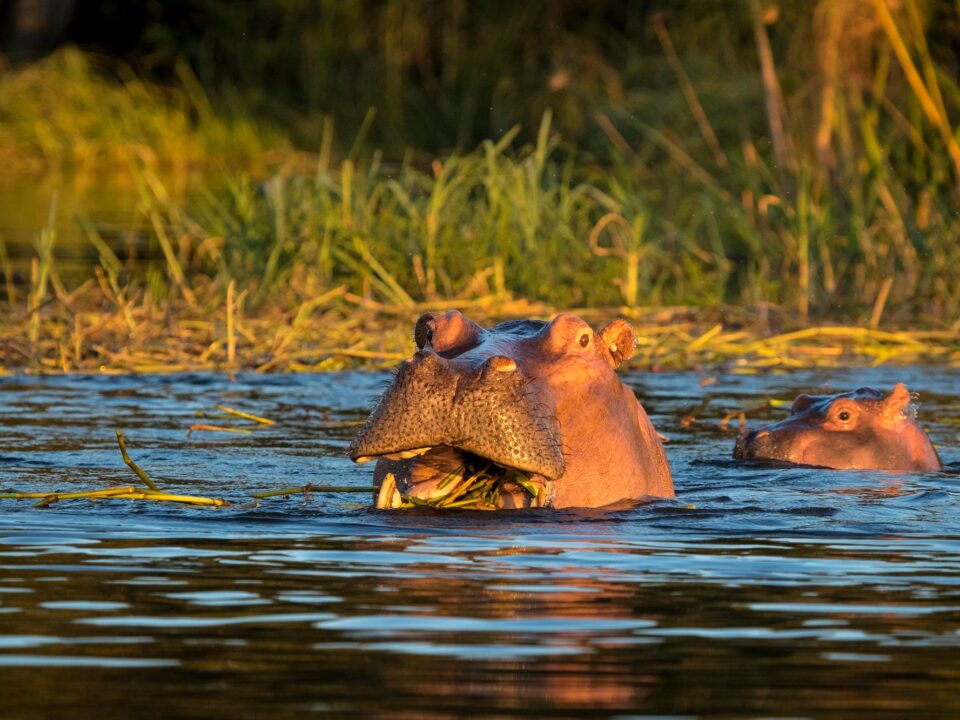Kenya Safaris to Saiwa Swamp National Park

Travel Guide to Rwenzori Mountain National Park
September 8, 2023
Owen Falls Dam Jinja Uganda
September 8, 2023Exploring the Enchanting Saiwa Swamp National Park: A Haven for Nature Enthusiasts
Kenya Safaris to Saiwa Swamp National Park
Nestled in the lush embrace of Kenya’s natural beauty, Saiwa Swamp National Park is a sanctuary for those who seek to immerse themselves in the wonders of the wild. This forested paradise is adorned with exotic flowers, towering trees, and a symphony of birdlife. It is also the exclusive habitat of the rare and endangered semi-aquatic Sitatunga antelope and serves as a refuge for the elusive De Brazza’s monkey. Within this tropical wetland, a mosaic of riverine forest, sedges, and acacia woodlands, framed by dense rushes and grass beds, birdlife thrives. Water birds, including the lesser jacana, grey heron, and African black duck, take to the wetlands, while the forest harbors treasures like Narina trogons, collared and orange-tufted sunbirds, yellow bishops, Hartlaub’s marsh widow bird, and the unmistakable Noisy Ross’s Turaco.
A Walk in the Green Oasis: Saiwa Swamp National Park
Saiwa Swamp, Kenya‘s smallest national park, offers a vibrant and verdant world of swamps, bulrushes, sedges, and riverine forests. It was established with a specific mission: to safeguard the habitat of the rare and endangered semi-aquatic Sitatunga antelope. This park, rarely visited and off the typical tourist trail, is an enchanting gem, where vehicles are not allowed, and visitors can truly connect with nature on foot.
Discovering Saiwa Swamp National Park
This petite national park spans a mere 3 square kilometers and was established in 1974. Located in the Cherangani Hills of Trans-Nzoia, Rift Valley Province, it graces an altitude of 1860-1880 meters. Here, roads do not exist; only walking trails lead the way. Saiwa Swamp National Park is entirely encircled by small, intensively cultivated subsistence farms, locally known as “shambas.” The park’s perimeter fence marks a stark division between two contrasting habitats. The surrounding community relies on small-scale cultivation with hand tools, and farmers plow as close to the park’s fence as possible. This dynamic highlights the delicate balance between human well-being and the preservation of a biodiverse habitat. The park’s survival hinges on the close cooperation between the Kenya Wildlife Service and the neighboring community.
Wildlife Wonders of Saiwa Swamp
Saiwa Swamp National Park hosts a variety of wildlife, including the Sitatunga, monkeys, spotted-necked otters, giant forest squirrels, leopards, bushbucks, and African civets.
Avian Delights of Saiwa Swamp/ Birds
The park boasts an impressive avian population with 372 recorded species, featuring rarities like Ross’ Turaco and the blue-headed Coucal. With its swampy and riverine forests, tall bulrushes, and sedges, Saiwa Swamp is a birdwatcher’s paradise.
Activities in Saiwa Swamp National Park
This park is unique in that it is accessible solely by foot. Visitors can explore approximately 7 kilometers of well-maintained wooden walkways and trails, which lead to three timbered viewing platforms for observing the elusive Sitatunga antelope. Marked trails skirt the swamp’s perimeter, and wooden duckboards offer passage right across it.
Sitatunga Tracking
The Sitatunga, known as “Nzohe” in Swahili, is a remarkable and rare long-legged antelope that has adapted to thrive in the abundant food resources of the swamp. Its shaggy, water-repellent coat and elongated, splayed hooves enable it to navigate submerged vegetation effortlessly. The Sitatunga can outpace its predators in the swamp due to its specialized feet. Reddish-brown with large ears and, in males, horns, this antelope moves cautiously to avoid detection. It enters the water gently, submerging almost entirely, and spends much of the day resting in reedy shade or submerged. While it is a skilled swimmer, it remains submerged when alarmed, exposing only its nose tip. Active mainly during dawn and dusk, the Sitatunga prefers to feed during these times and occasionally leaves the swamp after dark for browsing. While found in scattered locations across Western and Central Africa, it is only at Saiwa Swamp that these elusive creatures have grown accustomed to human presence.
Monkey Tracking
Black and white colobus monkeys, with their striking silken coats, and the distinctive De Brazza’s monkey with its white-bearded visage are easily spotted. Blue and Vervet monkeys are also abundant. Spotted-necked otters and giant forest squirrels pose a more significant challenge to observe. Although leopards inhabit the area, spotting one is unlikely.
Birding Tours
Ornithologists will be drawn to Saiwa Swamp National Park, which boasts over 372 bird species. Among the rare birds are the crowned hornbill, Ross’ Turaco, and eastern grey plantain eater. The riverine forests are home to the Narina trogon, one of Kenya’s most spectacular forest birds. Grey-crowned cranes are conspicuously present, along with ibis, ducks, and herons that feed openly in the more open water areas. Cinnamon-chested bee-eaters grace the trails, alongside paradise flycatchers and black-headed Gonolek. Ludher’s bush-shrike also resides here, although it is elusive. Cisticolas and warblers flutter around the base of observation towers, while long-crested eagles perch on tall, bare branches of dead trees. Blue-headed coucals can often be found among the bulrushes, and the reeds are home to Hartlaub’s marsh widowbird and yellow bishop. The fig trees, when in fruit, are a magnetic attraction for double-toothed barbets.
Tree Identification
Saiwa Swamp National Park offers a fascinating blend of forest and swamp vegetation, creating an extraordinarily diverse plant habitat. The landscape is dominated by tall bulrushes and sedges, bordered by a mix of grassland, riverine forests, and yellow acacia trees. Epiphytic ferns and orchids thrive, while the wetter riverine forest is characterized by colossal strangler figs. Syzygium trees, with their dark-purple fruits, fringe the swamp’s edges.
Insect Identification
The swamp provides an ideal habitat for a myriad of dazzling dragonflies and damselflies. The trails come alive with jewel-toned butterflies, including swallowtails and charaxes, and notably the African mocker swallowtail.
Reptiles and Amphibians
Saiwa Swamp is home to numerous frogs and toads, including tree frogs that create a symphony of sound after a rainstorm. The swamp is a favored haunt of Bell’s hinged tortoise. Snake species include the forest cobra and the African rock python. While following the trails, keep an eye out for side-striped chameleons.
Getting to Saiwa Swamp National Park
Saiwa National Park is situated 400 kilometers northwest of Nairobi and can be reached by a 4×4 vehicle, traversing by road. Several accommodation options are available near Saiwa Swamp National Park, including Aturukan Hotel, At’ Ease Guest House, Crane Hotel, and Horizons Resort.
Best Time to Visit Saiwa Swamp National Park
The park experiences a typical African wetland climate, with varying temperatures ranging from warm to cool, and humidity transitioning between wet and semi-arid during the wet seasons in March-June and October-November. Saiwa National Park can be visited year-round, offering unique experiences in every season. Contact Trek Africa Expeditions for more information on Kenya safaris to Saiwa Swamp National Park and plan your captivating journey into this biodiverse wonderland.




